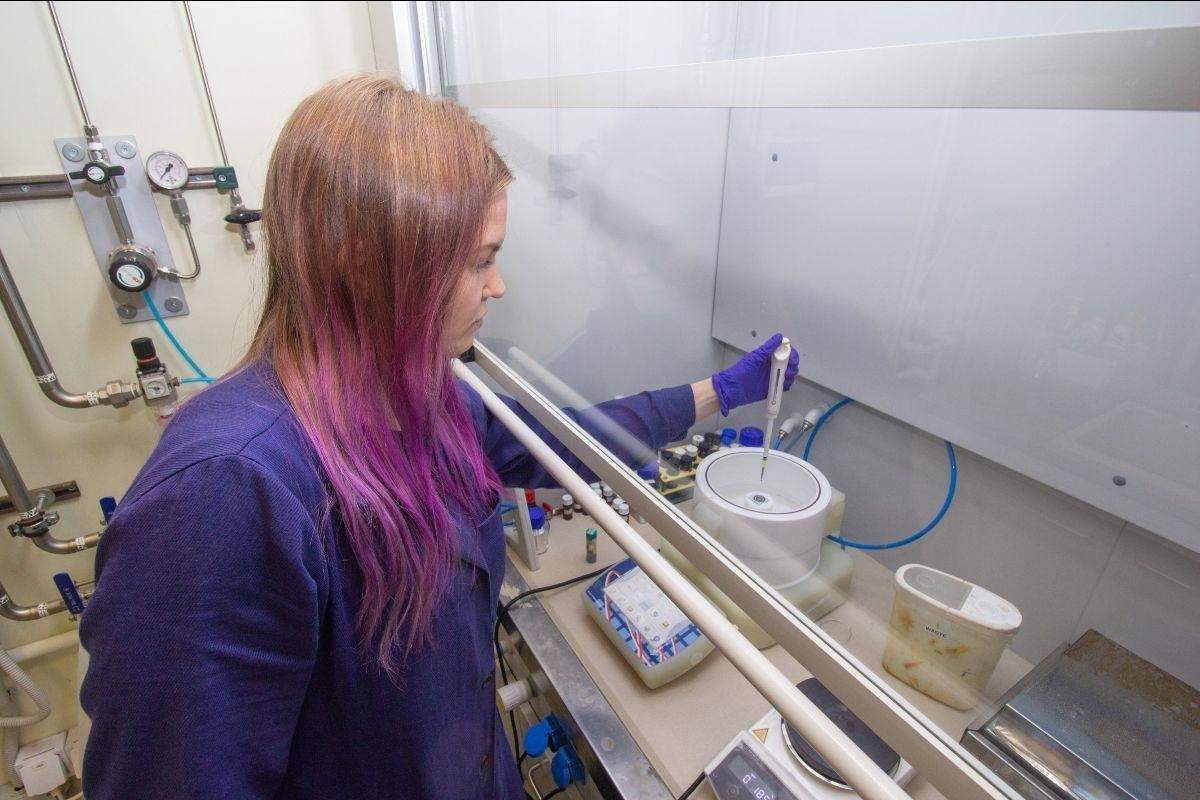[ad_1]
Researchers from ITMO’s College of Physics and Engineering have created a paste of titanium dioxide and resonant silicon nanoparticles that may improve the era of photocurrent in perovskite photo voltaic cells and maximize their effectivity. The outcomes of the work have been described in a paper revealed in Nano Power.

Picture Credit score: ITMO College
The effectivity of halide perovskite photo voltaic cells is over 25%, which along with their low price makes them one of the crucial promising gadgets in fashionable photovoltaics. One in all two methods can be utilized to additional increase their effectivity: enhancing the cost assortment or rising gentle absorption by the cost producing layer. The primary technique additionally means the necessity to introduce different substances or 2D constructions into perovskites, which makes the ensuing gadgets costlier.
Researchers from ITMO College along with colleagues from Tor Vergata College went round this drawback through the use of Mie-resonant silicon nanoparticles, as silicon is likely one of the components most accessible in nature. They used colloid chemistry strategies to create a silicon-based nanoparticle paste to exactly management the sunshine scattering inside a perovskite photo voltaic cell. This answer made it potential to extend the era of photo-induced present within the perovskite construction and attain the effectivity most of photo voltaic cells based mostly on the best perovskite composition.
“Now we have improved the titanium paste that’s wanted to selectively acquire electrons in perovskite cells. We add resonant nanoparticles to the electron transport paste in a selected focus within the strategy of photo voltaic cells’ manufacturing. This fashion, the preparation course of doesn’t get extra difficult – and it helps that silicon particles are low cost, too,” explains Aleksandra Furasova, first writer of the paper and a junior analysis affiliate at ITMO’s College of Physics and Engineering. “Now we have additionally analyzed the impact of the spatial location of the nanoparticles on the path of sunshine propagation and adjusted their focus within the paste, so that every one the incident gentle is concentrated on the perovskite. This straight impacts the effectivity of changing gentle into electrical energy, in addition to all predominant photovoltaic parameters. Utilizing multi-physical calculations, we recognized the optimum nanoparticle focus and developed a perfect paste to create the electron transport layer that helped us attain practically maximal effectivity for any such photo voltaic cell.”
In accordance with the researchers, it was vital to optimize the spatial location of silicon nanoparticles within the thought of gadgets. So as to take action, they supplied numerical calculations that accounted for electrophysical and optical properties of all layers and nanoparticles when they’re subjected to exterior radiation and voltage. These calculations allowed them to find out how the scale of and distance between resonant nanoparticles impacts the optical and electrophysical properties of the entire construction.
The prompt technique is easy, accessible, universally relevant, and doesn’t considerably improve the manufacturing prices of photo voltaic cells.
“On this mission, we utilized the spin coating technique, that means that we get skinny homogeneous movies as liquids deposit on the flat substrates, however different strategies may also be used to scale the know-how. The ensuing paste is a multipurpose product that can be utilized in manufacturing of different kinds of perovskite photo voltaic cells, in addition to for photodetectors and different perovskite-based optoelectronic gadgets. We consider that this answer can be in demand,” feedback Sergey Makarov, professor at ITMO’s College of Physics and Engineering.
The analysis mission was performed in collaboration with the Centre for Hybrid and Natural Photo voltaic Power of College of Rome-Tor Vergata and supported by the Russian Science Basis grant 19-19-00683.
Supply: https://en.itmo.ru/
[ad_2]